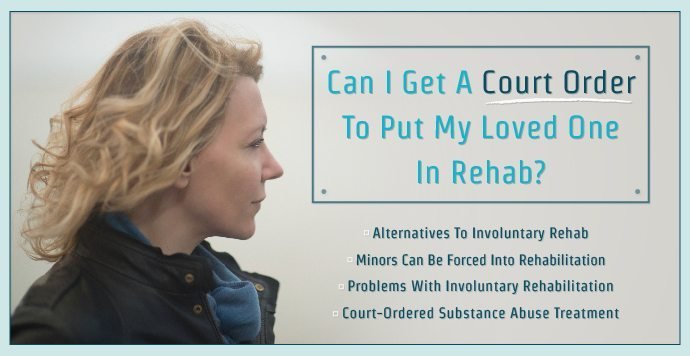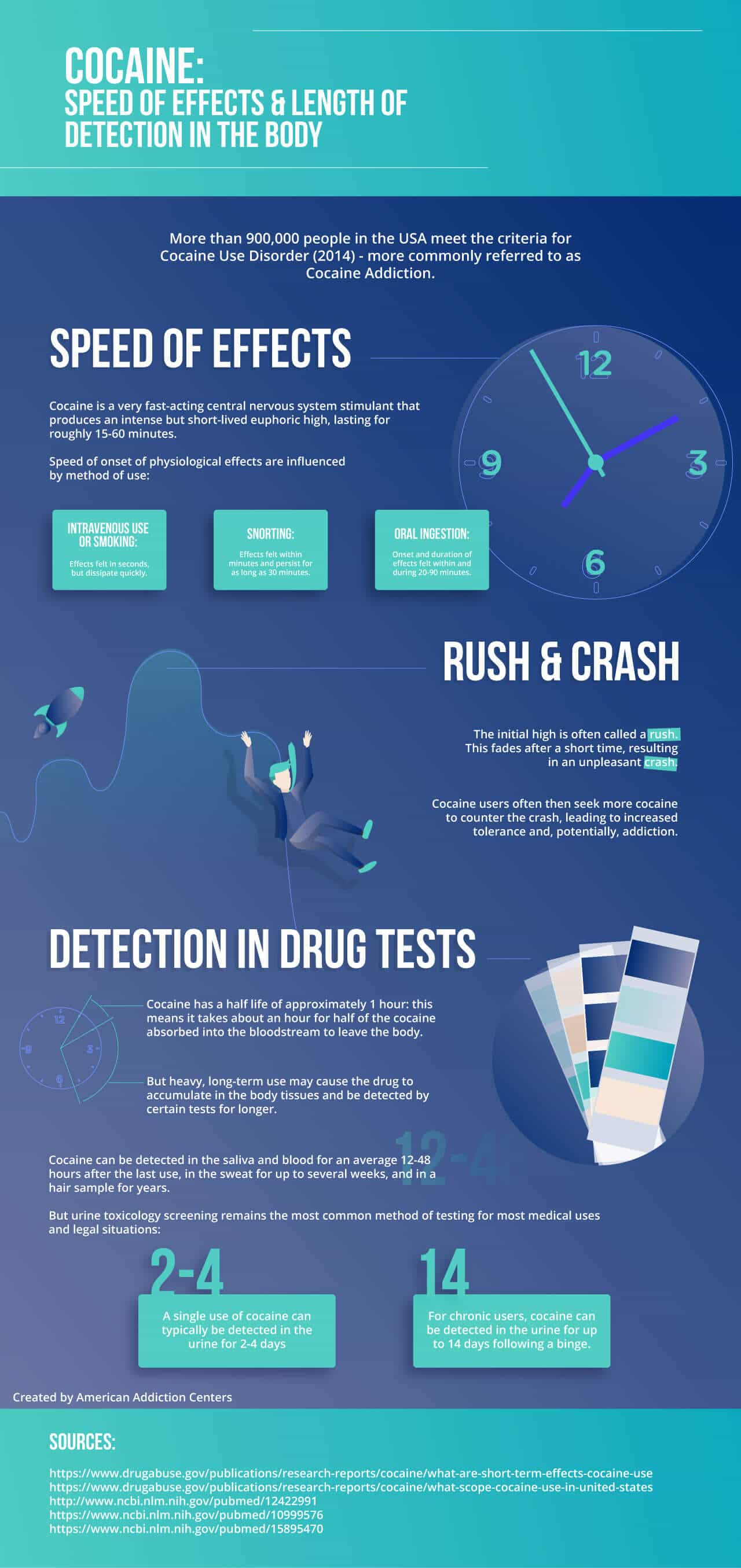Benzodiazepines are regularly used to alleviate alcohol withdrawal signs, and methadone to manage opioid withdrawal, although buprenorphine and clonidine are likewise utilized. Various drugs such as buprenorphine and amantadine and desipramine hydrochloride have actually been attempted with cocaine abusers experiencing withdrawal, but their efficacy is not developed. Severe opioid intoxication with marked respiratory anxiety or coma can be deadly and requires prompt reversal, utilizing naloxone.
Disulfiram (Antabuse), the very best known of these representatives, prevents the activity of the enzyme that metabolizes a significant metabolite of alcohol, resulting in the build-up of harmful levels of acetaldehyde and various highly unpleasant adverse effects such as flushing, nausea, throwing up, hypotension, and anxiety. More recently, the narcotic antagonist, naltrexone, has likewise been discovered to be reliable in lowering regression to alcohol usage, obviously by obstructing the subjective results of the first drink.
Naltrexone keeps opioids from inhabiting receptor websites, consequently inhibiting their euphoric results. These antidipsotropic representatives, such as disulfiram, and blocking representatives, such as naltrexone, are only beneficial as an accessory to other treatment, particularly as motivators for relapse avoidance ( American Psychiatric Association, 1995; Agonist replacement treatment changes an illicit drug with a prescribed medication.
The leading substitution therapies are methadone and the even longer acting levo-alpha-acetyl-methadol (LAAM). Patients using LAAM just need to consume the drug 3 times a week, while methadone is taken daily. Buprenorphine, a mixed opioid agonist-antagonist, is likewise being utilized to suppress withdrawal, lower drug yearning, and obstruct euphoric and reinforcing impacts ( American Psychiatric Association, 1995; Medications to treat comorbid psychiatric conditions are an essential accessory to drug abuse treatment for clients identified with both a compound usage condition and a psychiatric disorder.
The Ultimate Guide To How To Verify Addiction Treatment Centers Qualifications
Given that there is a high prevalence of comorbid psychiatric disorders amongst individuals with substance dependence, pharmacotherapy directed at these conditions is often suggested (e.g., lithium or other mood stabilizers for clients with validated bipolar condition, neuroleptics for clients with schizophrenia, and antidepressants for clients with major or atypical depressive condition).
Absent a validated psychiatric diagnosis, it is reckless for medical care clinicians and other doctors in substance abuse treatment programs to prescribe medications for insomnia, anxiety, or anxiety (specifically benzodiazepines with a high abuse potential) to clients who have alcohol or other drug conditions. places where addiction gamblers who have received treatment can receive help near me. Even with a confirmed psychiatric medical diagnosis, clients with substance use conditions must be recommended drugs with a low potential for (1) lethality in overdose situations, (2) exacerbation of the impacts of the abused substance, and (3) abuse itself.
These medications ought to also be dispensed in limited amounts and be carefully monitored ( Institute of Medication, 1990; Since prescribing psychotropic medications for patients with dual medical diagnoses is clinically complex, a conservative and consecutive three-stage approach is suggested. For an individual with both a stress and anxiety disorder and alcohol reliance, for instance, nonpsychoactive alternatives such as exercise, biofeedback, or stress reduction methods must be tried initially.

Just if these do not relieve signs and problems need to psychoactive medications be offered. Correct recommending practices for these dually detected patients incorporate the following six "Ds" ( Landry et al., 1991a): Medical diagnosis is vital and ought to be validated by a careful history, extensive assessment, and suitable tests Look at this website before recommending psychotropic medications.

What Is The Best Treatment Plan For Curinf Opiate Addiction for Dummies
Dosage should be suitable for the medical diagnosis and the seriousness of the problem, without over- or undermedicating. If high doses are needed, these must be administered daily in the office to make sure compliance with the recommended quantity. Duration must not be longer than recommended in the package insert or the Doctor's Desk Referral so that extra dependence can be avoided.
Reliance development must be continually kept an eye on. The clinician likewise ought to warn the client of this possibility and the need to make decisions relating to whether the condition warrants toleration of reliance. Paperwork is crucial to guarantee a record of the presenting problems, the diagnosis, the course of treatment, and all prescriptions that are filled or declined along with any assessments and their suggestions.
One method that has been checked with cocaine- and alcohol-dependent individuals is supportive-expressive treatment, which tries to produce a safe and encouraging healing alliance that encourages the client to deal with unfavorable patterns in other relationships ( American Psychiatric Association, 1995; National Institute on Substance abuse, unpublished). This method is typically utilized in conjunction with more detailed treatment efforts and concentrates on existing life problems, not developmental problems.
This differs from psychiatric therapy by skilled mental health specialists ( American Psychiatric Association, 1995). Group treatment is one of the most often used methods throughout main and extended care phases of compound abuse treatment programs. Several approaches are used, and there is little arrangement on session length, conference frequency, optimal size, open or closed registration, period of http://milojotq866.huicopper.com/how-opioid-treatment-in-the-hospital-can-lead-to-addiction-with-chronic-pain-fundamentals-explained group participation, number or training of the included therapists, or style of group interaction.
Examine This Report on An Agonist Treatment For Addiction Would Do What
Group therapy uses the experience of nearness, sharing of agonizing experiences, interaction of sensations, and helping others who are dealing with control over compound abuse. The concepts of group characteristics frequently extend beyond therapy in compound abuse treatment, in instructional discussions and conversations about abused compounds, their impacts on the body and psychosocial performance, prevention of HIV infection and infection through sexual contact and injection drug usage, and numerous other compound abuse-related subjects ( Institute of Medicine, 1990; Marital therapy and household treatment concentrate on the compound abuse behaviors of the recognized patient and likewise on maladaptive patterns of household interaction and interaction (what different kinds of treatment exist for addiction).
The objectives of family therapy also differ, as does Hop over to this website the phase of treatment when this strategy is used and the kind of family participating (e.g., extended family, wed couple, multigenerational household, remarried family, cohabitating same or various sex couples, and grownups still suffering the repercussions of their parents' drug abuse or reliance). what is the first step of drug addiction treatment.
Involved relative can assist make sure medication compliance and participation, strategy treatment strategies, and monitor abstinence, while treatment focused on ameliorating dysfunctional family characteristics and reorganizing poor communication patterns can assist develop a better environment and support system for the individual in healing. Numerous properly designed research study studies support the effectiveness of behavioral relationship therapy in enhancing the healthy functioning of households and couples and improving treatment outcomes for individuals (Landry, 1996; American Psychiatric Association, 1995). Preliminary research studies of Multidimensional Household Therapy (MFT), a multicomponent family intervention for moms and dads and substance-abusing teenagers, have discovered enhancement in parenting skills and associated abstinence in teenagers for as long as a year after the intervention ( National Institute on Substance Abuse, 1996). Cognitive behavior modification attempts to modify the cognitive processes that result in maladaptive behavior, intervene in the chain of occasions that cause drug abuse, and then promote and reinforce required abilities and habits for accomplishing and maintaining abstinence.
Stress management training-- using biofeedback, progressive relaxation methods, meditation, or exercise-- has ended up being popular in substance abuse treatment efforts. Social skills training to improve the basic performance of persons who lack normal communications and social interactions has actually likewise been demonstrated to be an efficient treatment strategy in promoting sobriety and reducing relapse.